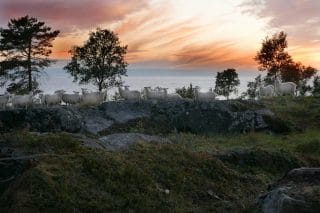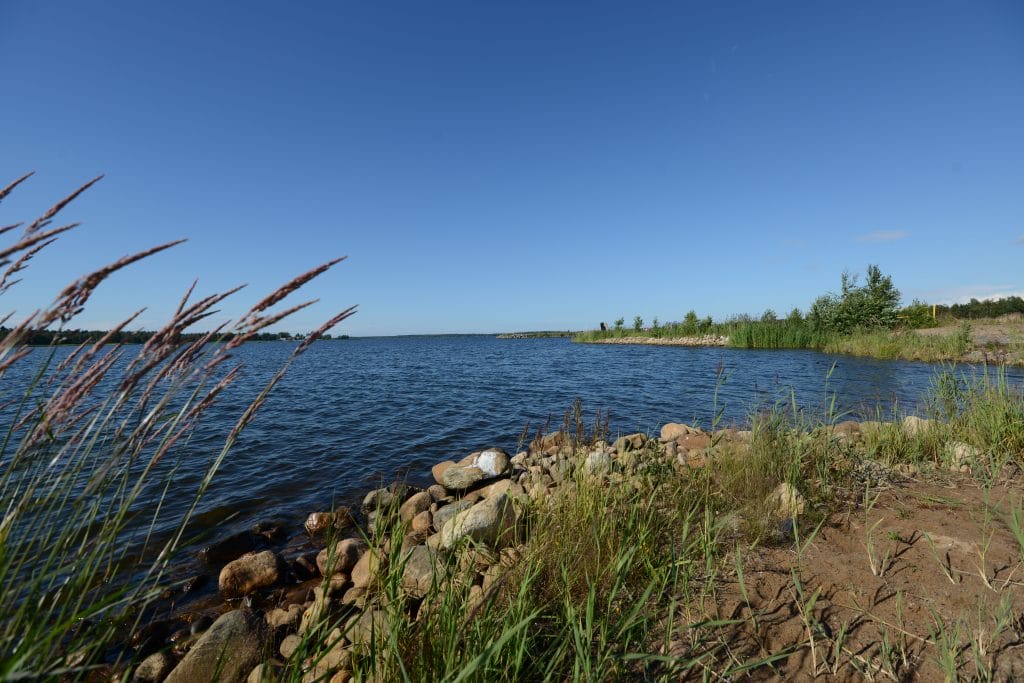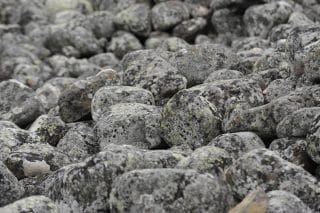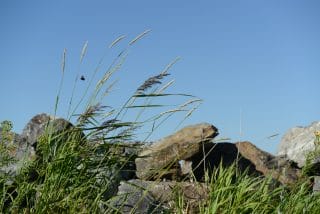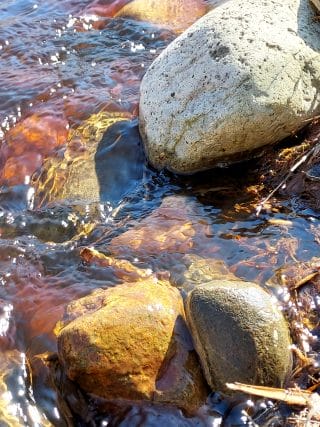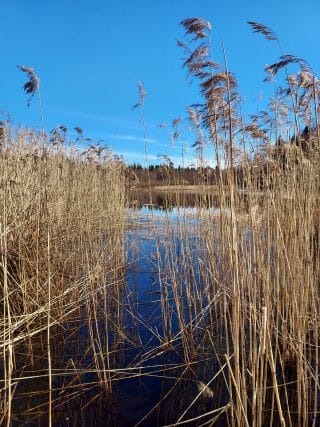Bird-rich rising shores
In Kokkola National Urban Park, the changes caused by land uplift are best seen in the nature conservation area of Rummelö-Harrbådan. Here the landscape has been in a constant state of flux since the last ice age. The succession cycle of vegetation is astonishingly fast on the high coast.
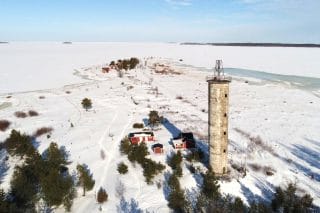
Harrbådan, or Harrinniemi, is a unique sandy point offering hiking and sightseeing, whether you want to spend a couple of hours or a whole day. The Harrbåda bird tower is located on the western shore of Harrinniemi between the shrub zone and the reeds. The tower is approximately 4 metres tall and can accommodate up to 15 people at a time. The tower is signposted from the parking area next to the Harrinniemi leading light, where you will also find an information board with maps. The bird wetland covers an area of 236 hectares. Rummelö-Harrbådan is one of the most bird-rich sites in Kokkola, and there are often sightings of rare species.
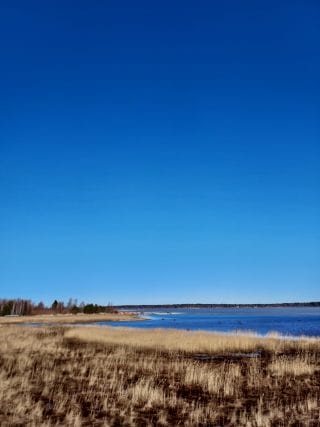
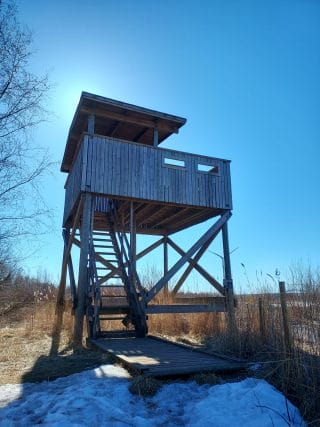
Leading light of Harrinniemi
The leading light beacon of Harrinniemi was built on the sandy tip of Harrinniemi in 1953. The leading light is often erroneously referred to as a lighthouse. It was decommissioned in 1979. Since then, the concrete tower has deteriorated severely. At present, the Harrinniemi light is little more than a landmark.
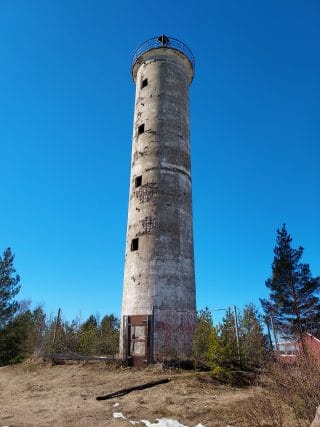
The run-down light of Harrinniemi has created many ghost stories, the most famous of which is probably the story of the haunting maiden of Harrbåda. According to the story, a family of three was shipwrecked on a stormy night, and the father and son were killed. The young mother was so devastated that she then drowned herself in the sea. The heartbroken maiden still haunts the area and her ghost, wearing a white summer dress, can be seen by those who are soon facing an accident. Anyone with a keen ear can hear the maiden crying desperately near the Harrbåda light.
A group of small villas, which were built on the shores primarily during the 1920s, are now in amongst the trees far away from the shoreline as a result of land uplift. Isolated from the shore where they once stood, the villas give a tangible view of the impacts of land uplift on human habitation and local villa culture. They are a good demonstration of how fast land rises in Kokkola National Urban Park. The villas also have historical cultural importance, as they reflect the influence of Swedish architecture.
